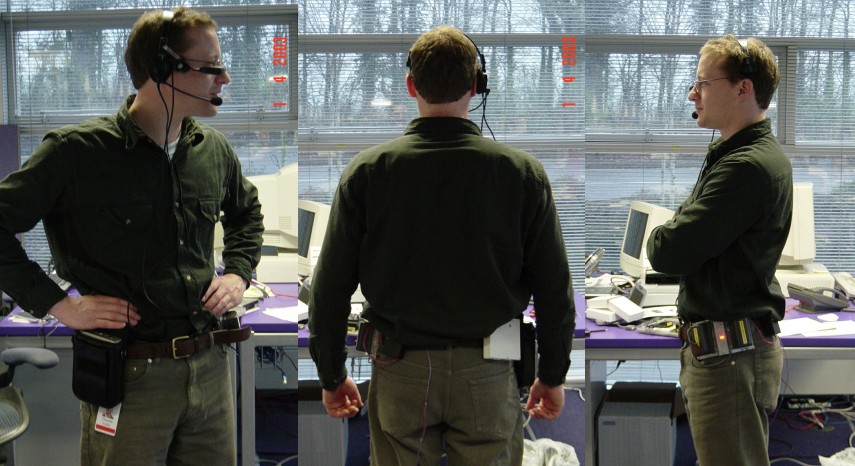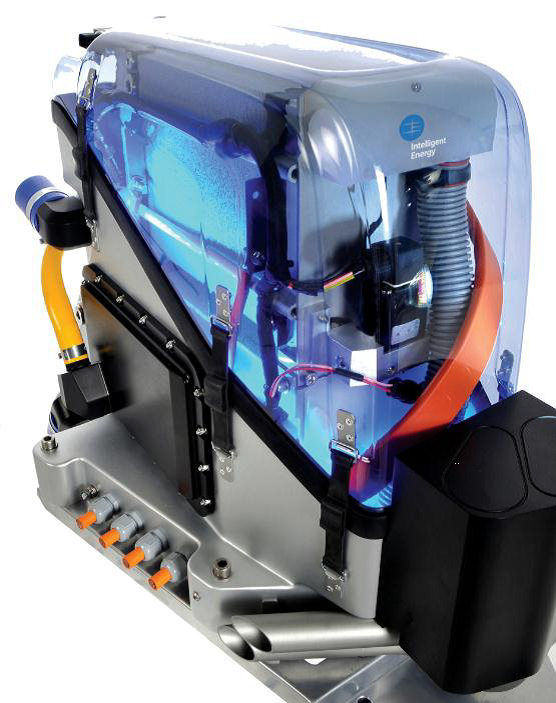Dyson reveals the designs that didn’t make it
To mark its 21st anniversary, Dyson has revealed details of three designs it developed that never came to fruition.

These include a pair of augmented reality goggles, a diesel trap to purify air and a fuel cell to create electrical energy.
Dyson has filed more than 4000 patent applications for more than 500 inventions in its 21 years. In 2012 it filed the highest number of patent applications in the UK.
Dyson says, ‘Highly confidential IP is never referred to by name; it is given a secret project code instead. It is protected by the biometric security at Dyson’s headquarters.’
However, to mark its 21st anniversary, the company has revealed three designs that didn’t make it past the concept stage.
Dyson Halo (codename N066)
In 2001, Dyson began work on an augmented reality headset featuring a full-colour 3D display. The Dyson Halo is described by Dyson as ‘a portable, head-mounted, wearable computer, that could be carried in the user’s pocket but which worked as a communications device and PC.’ The concept predates Google’s Glass wearable headset by more than a decade. The Dyson Halo headset is based around two tiny monitors, mounted by the user’s temples, which would be reflected by two mirrors on to a prism. This would create the illusion of a 10” display around 1m in front of the user. The user would wear a controller device on their wrist like a watch, and the headset could also be used in audio mode using voice-commands and text-to-speech. The project was developed for three years before being put on hold. Sir James Dyson told The Times, ‘I’m afraid our view was partly that this was too big a departure from screen-based work and secondly that the wearing of a headset mounted on spectacle-type viewing of a display with connecting wires to a phone was somewhat clunky.’ Dyson says elements of the technology are being used on future research projects.





Diesel Trap (codename X007)
In 1997, Dyson engineers began investigating whether the filter technology in its vacuum cleaners could be applied to diesel engines, to trap diesel particles and purify emissions. Dyson says the cyclones in its vacuum cleaners can trap particles down to 0.5 microns. Diesel particles, meanwhile, are around 2.5 microns in size. Initial prototypes focused on cyclones, but Dyson says the required energy consumption was too high. Dyson then looked at condensing the oil into small particles to increase their size, but this method was inconsistent. The final concept used an electrical discharge to ionise and collect the particles, which could then be burned off. Dyson says the project stalled because ‘at the time’ the company had no plans to make a car. It also found that manufacturers were not interested in the technology and instead turned to ceramic filters.


The Dyson Fuel Cell
For three years, ten Dyson engineers have been working to adapt a Dyson digital motor so that it could sit at the heart of a fuel cell. Here it could be used to convert chemical energy from hydrogen and oxygen into electrical energy. Dyson says its tests have shown that the V4HF digital motor has given a 20 per cent increase in power density and improved efficiency, while the start-up time is almost three times faster. Dyson says it is currently exploring other possibilities for the digital motor.

-
Post a comment




